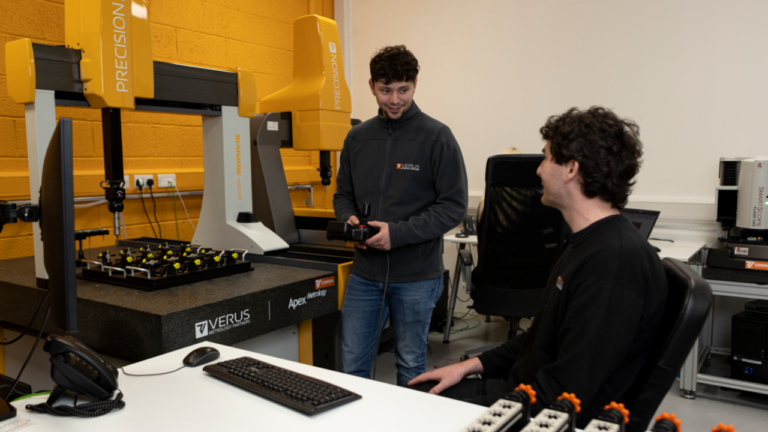The Impact of Electronics in Shaping the Future of Medical Devices

Electronics play a pivotal role in advancing next-generation medical devices for several reasons. The integration of cutting-edge electronic technologies has revolutionised the medtech landscape, offering innovative solutions that enhance diagnostics and treatment. These advancements leverage the power of electronics to enable more accurate data acquisition and efficient communication between devices. As a result, the advancements of electronics in medical devices has not only propelled the field forward but has also opened up new possibilities for remote patient monitoring and improved overall outcomes. We explore some of the key advantages brought about by these advancements in this article.
- Enhanced Functionality: Electronics facilitate the integration of advanced features into medical devices, such as real-time monitoring, data collection, analysis, and feedback mechanisms. These functionalities significantly improve diagnostic accuracy, treatment effectiveness, and patient outcomes.
- Precision and Control: Electronics empower precise control and manipulation of medical devices. Electronic sensors and actuators enhance the accuracy of surgical tools, catheters, or endoscopes, allowing for meticulous movements, measurements, and interventions.
- Imaging and Visualisation: Electronics drive the integration of imaging and visualisation technologies into medical devices, such as ultrasound, optical coherence tomography (OCT), or miniaturised cameras. Real-time visual feedback aids surgeons or clinicians in accurate diagnoses and interventions.
- Miniaturisation and Portability: Electronics facilitate the miniaturisation of medical devices, enhancing portability and reducing invasiveness. This enables easier deployment and navigation within the body, leading to faster patient recovery and minimised scarring.
- Connectivity and Data Management: Electronics support connectivity features, allowing medical devices to communicate with external systems. This enables real-time data transmission, remote monitoring, and telemedicine applications. Connectivity also streamlines the storage, analysis, and sharing of patient data, improving healthcare coordination and decision-making.
- Energy Sources and Power Management: Electronics implement efficient power management systems for medical devices. Battery technologies and power-saving techniques ensure reliable operation without compromising device performance, especially for devices requiring sustained operation during lengthy procedures.
- User Interface and Human-Machine Interaction: Electronics drive the development of intuitive user interfaces and human-machine interaction in medical devices, incorporating touchscreens, haptic feedback, voice commands, or gesture recognition. These interfaces enhance usability, control, and overall user experience for healthcare professionals operating the devices.
In summary, electronics are essential for the next generation of medical devices, facilitating enhanced functionality, precision, imaging, miniaturisation, connectivity, power management, and user interfaces. Leveraging electronics ensures medical devices provide more accurate diagnoses, precise interventions, improved patient outcomes, and enhanced healthcare delivery. In this dynamic intersection of electronics and medical innovation, we continue to redefine the boundaries of what is achievable in the realm of medical technology.



